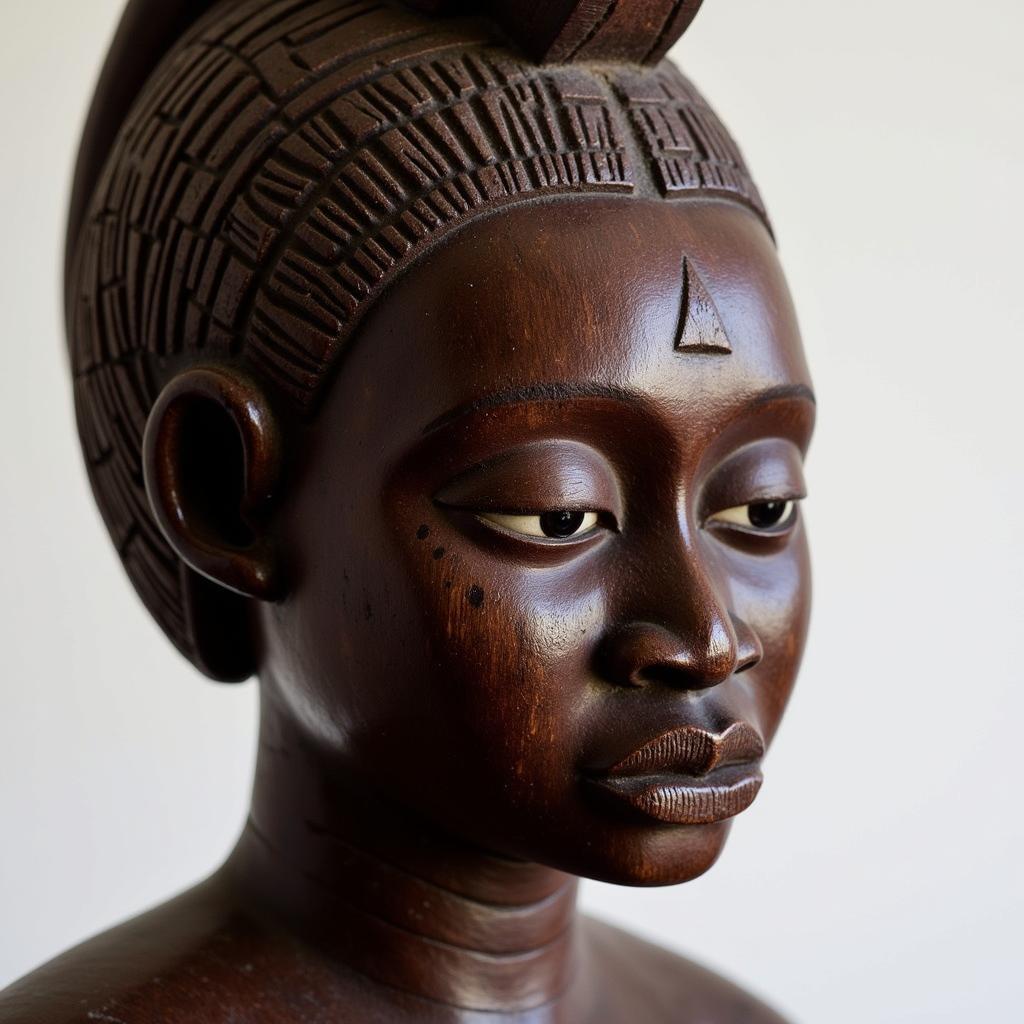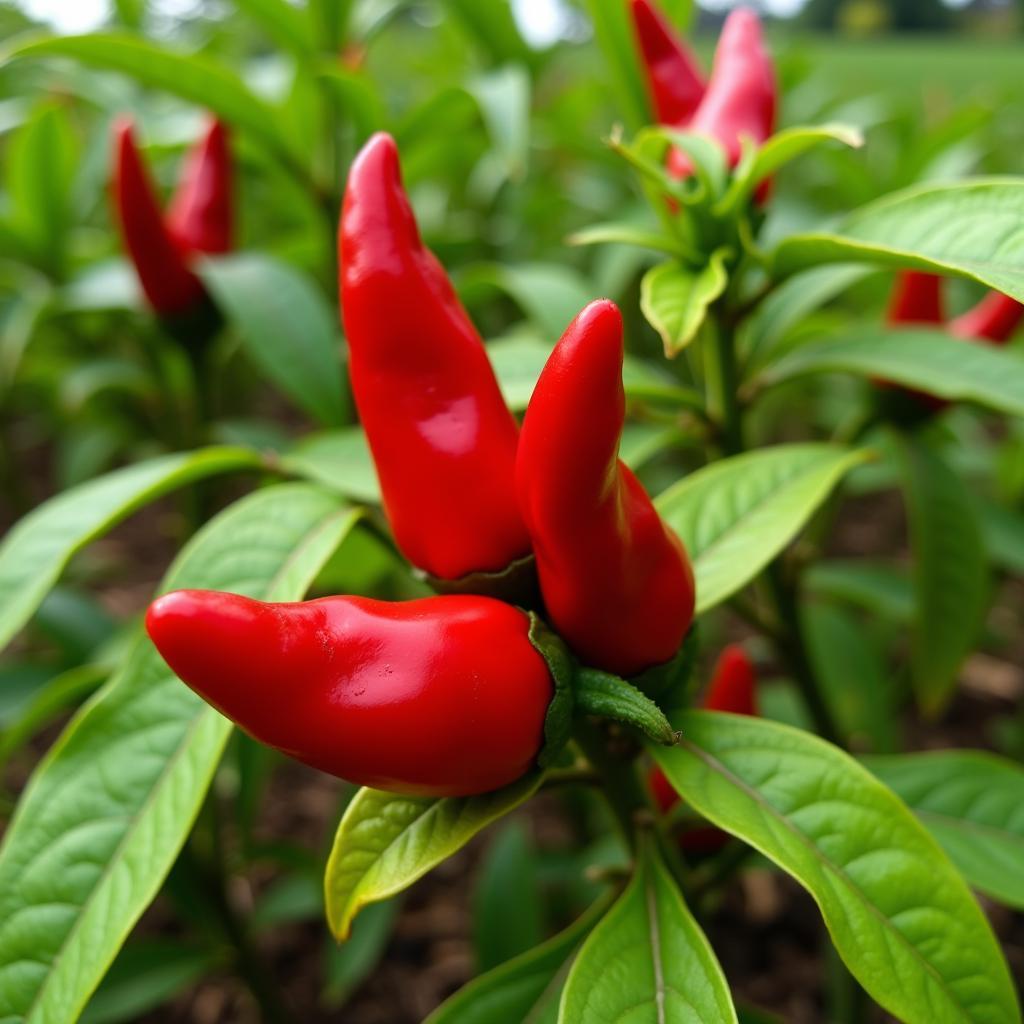Unveiling the Mysteries of the African Head Statue
African Head Statues hold a captivating allure, whispering stories of ancient traditions, spiritual beliefs, and artistic mastery. These sculpted forms, crafted from various materials like wood, bronze, terracotta, and stone, are more than mere decorative objects. They are powerful symbols imbued with deep cultural significance, reflecting the diverse heritage of the African continent. Explore the fascinating world of these iconic artifacts and discover their profound meaning within African societies. You’ll quickly understand why the African head statue continues to captivate audiences worldwide.
Exploring the Symbolism of African Head Statues
African head statues often represent more than just a physical likeness. They embody ancestral spirits, deities, or important figures within a community. For example, the Yoruba of Nigeria revere their ancestors and often depict them in sculpted heads, believing their presence offers guidance and protection. In some cultures, the head is considered the seat of wisdom, knowledge, and spiritual power, further emphasizing the importance of these sculptures. These aren’t simply artistic creations; they are tangible links to the past and conduits to the spiritual realm.
The size and material of an African head statue can also contribute to its symbolic meaning. Larger statues might signify greater power or status, while the choice of material could reflect specific beliefs or traditions. For instance, bronze sculptures, as seen in some West African cultures, might symbolize wealth and royalty.
The next section will delve deeper into the stylistic variations across the continent. This understanding will enrich your appreciation of African ethnic tribal art. These remarkable pieces are a testament to the creativity and ingenuity of African artists.
 Yoruba Head Statue from Nigeria
Yoruba Head Statue from Nigeria
A Journey Through Styles: From Nok to Contemporary
African head statues showcase an incredible diversity of styles, reflecting the vast artistic traditions across the continent. From the ancient terracotta heads of the Nok culture in present-day Nigeria to the striking bronze sculptures of Benin and Ife, each region boasts unique characteristics. The Nok culture, dating back to 1000 BC, produced some of the earliest known figurative art in sub-Saharan Africa. These terracotta heads, with their elongated features and expressive eyes, offer a glimpse into a rich artistic heritage. african ethnic tribal art showcases the breadth and depth of artistic expression found across the African continent.
Moving south, the Shona people of Zimbabwe are renowned for their contemporary stone sculptures, often featuring stylized human heads that explore themes of spirituality and connection to the land. These more modern pieces demonstrate the continued evolution and relevance of this art form.
What is the significance of scarification marks on some African head statues?
Scarification marks, often depicted on these sculptures, can represent tribal affiliation, lineage, or even personal achievements. They add another layer of meaning to the artwork.
African Head Statues in Ritual and Ceremony
In many African cultures, head statues play a central role in rituals and ceremonies. They serve as focal points for prayers, offerings, and communication with the spiritual world. Imagine the power and reverence these objects hold within their respective communities. african dog no bark provides interesting insights into some of the unique cultural practices found in Africa.
Collecting and Appreciating African Head Statues
African head statues have gained international recognition for their artistic merit and cultural significance. If you are interested in collecting these pieces, it’s crucial to do so responsibly. Ensure you purchase from reputable dealers who prioritize ethical sourcing and support the preservation of African cultural heritage.
More on the subject of African art can be explored through articles such as African bronze sculpture. This resource can offer deeper insights into the techniques and artistry behind these captivating works. african bronze sculpture explores the rich traditions of bronze casting in Africa.
The Role of Head Statues in Contemporary Art
African head statues continue to inspire contemporary artists both within Africa and globally. Their influence can be seen in various forms of art, from painting and sculpture to fashion and design. The enduring power of these forms speaks to their timeless appeal. Perhaps you’ve seen echoes of these powerful images in contemporary works.
Conclusion
African head statues offer a captivating window into the rich and diverse cultures of the continent. From their symbolic meanings to their stylistic variations and ritualistic uses, these sculpted forms hold immense power and significance. By understanding the stories behind these remarkable artifacts, we can gain a deeper appreciation for the artistic heritage and spiritual beliefs of African societies. Exploring the world of African head statues reveals a profound connection between art, culture, and spirituality. You might be interested in learning more about African fertility statue, which delves into another fascinating aspect of African art. african fertility statue explores the theme of fertility in African art.
FAQ
- What are African head statues typically made of? They are crafted from various materials including wood, bronze, terracotta, and stone.
- What do African head statues symbolize? They often represent ancestors, deities, or important community figures, embodying wisdom, knowledge, and spiritual power.
- How old are the oldest known African head statues? Some of the earliest examples, like those from the Nok culture, date back to 1000 BC.
- What are some famous examples of African head statues? The bronze heads of Benin and Ife, as well as the terracotta heads of the Nok culture, are well-known examples.
- Where can I learn more about African art? Resources like Omenka Magazine offer valuable insights into various aspects of African art, from bronze sculptures to tribal art.
- What should I consider when collecting African head statues? Ensure you purchase from reputable dealers who prioritize ethical sourcing and support the preservation of African cultural heritage.
- Are African head statues still relevant in contemporary art? Yes, they continue to inspire artists globally and their influence can be seen in various art forms.
Common Scenarios and Questions
Scenario: I inherited an African head statue. How can I determine its origin and value?
Answer: Consult with a reputable appraiser specializing in African art. They can help identify the piece’s style, age, and cultural context, providing an accurate assessment of its value.
Scenario: I want to incorporate African-inspired design elements into my home. Where can I find authentic pieces?
Answer: Research galleries and dealers specializing in African art. Ensure they adhere to ethical sourcing practices and support local artisans.
Further Exploration
Explore related articles on african hot males.
Contact Us
For further assistance or inquiries, please contact us:
Phone: +255768904061
Email: kaka.mag@gmail.com
Address: Mbarali DC Mawindi, Kangaga, Tanzania
Our customer service team is available 24/7.



